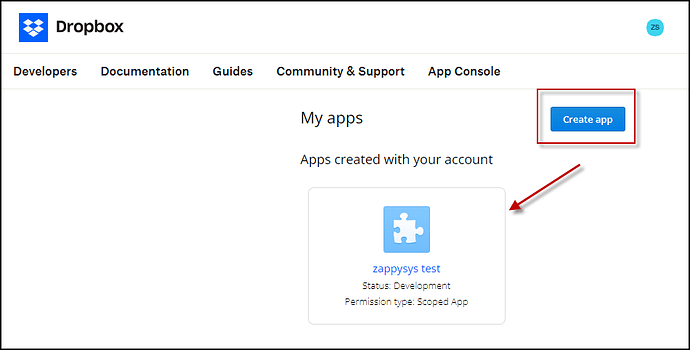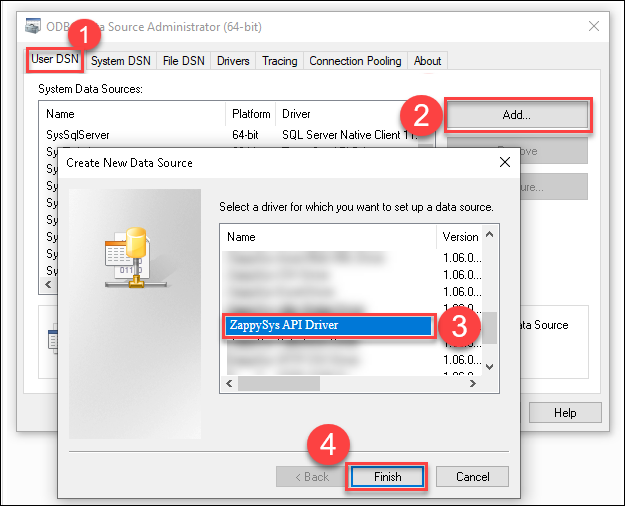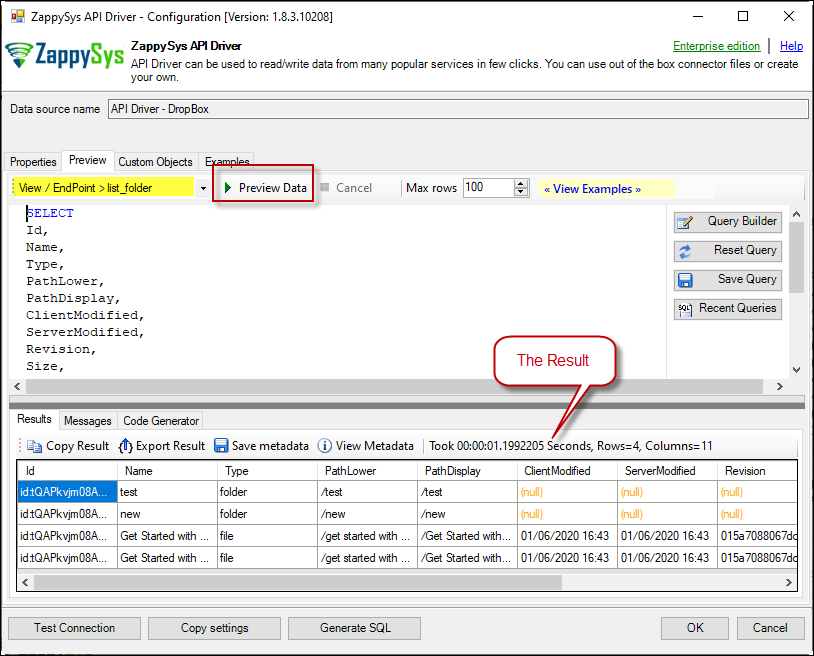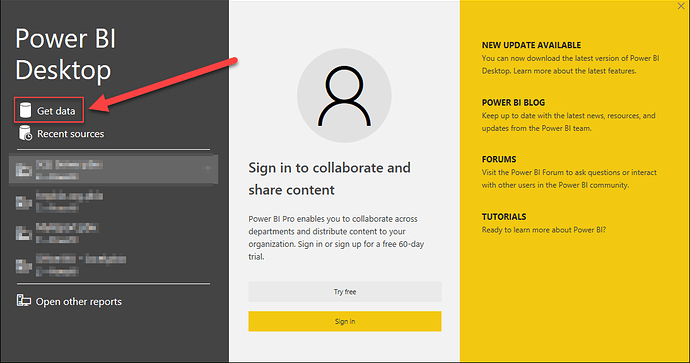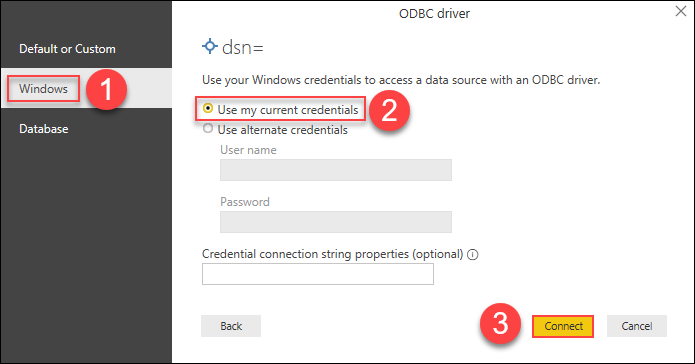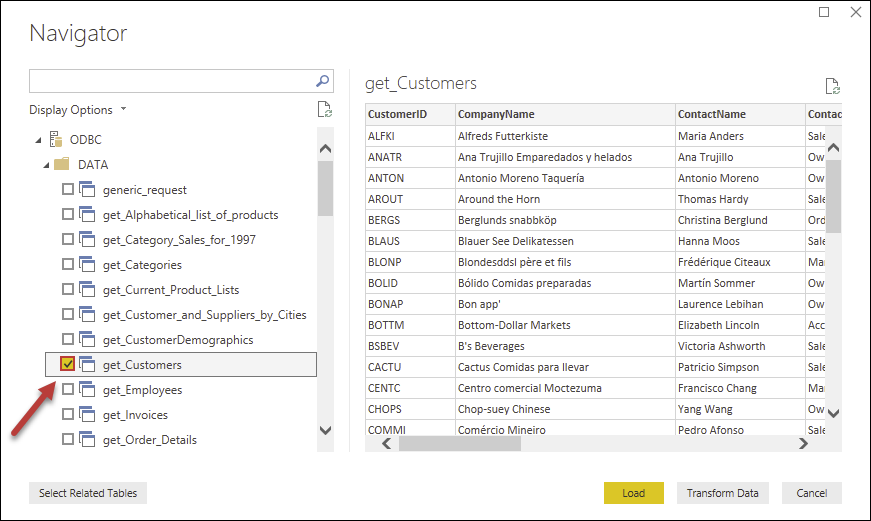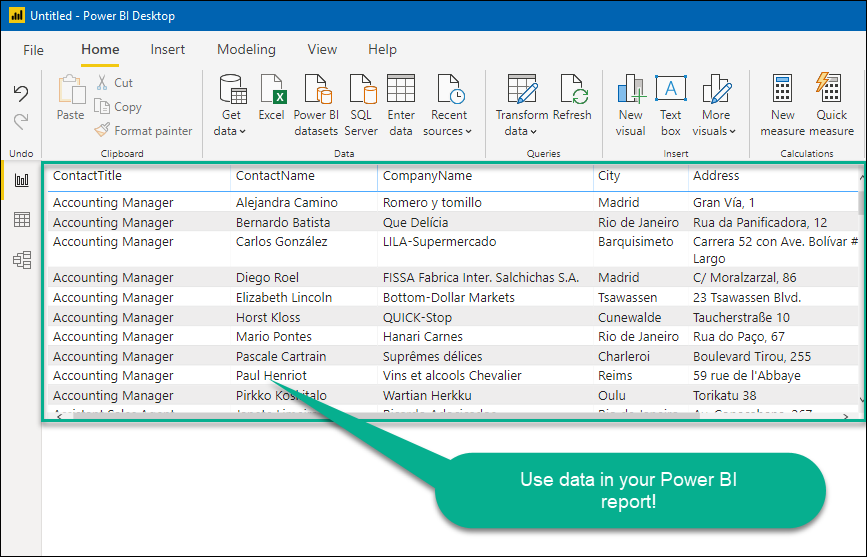Introduction
This article will guide you through connecting Power BI to the Dropbox API using the ZappySys ODBC API Driver. By leveraging the ZappySys ODBC Dropbox connector, you can seamlessly access and manage Dropbox data for deeper analysis and reporting within Power BI. Whether you need to monitor file activity, analyze folder structures, or extract metadata, this integration provides a robust and flexible solution for handling your Dropbox data.
Following the steps outlined in this guide, you will learn how to set up the connection, configure the ODBC driver, and import Dropbox data into Power BI for enhanced reporting and data analysis.
Prerequisites
- ODBC PowerPack: Download and install the ZappySys ODBC PowerPack from the Customer Download Area or the trial version.
- Power BI installed.
- Dropbox account: Ensure you have a Dropbox account to access Dropbox data.
Steps
Create/Select an App from the Dropbox Developers Page
-
Log into your Dropbox account.
-
Go to Dropbox Developers and click the Create app button to create a new app.
-
Select the Scoped access option when prompted.
-
Choose Full Dropbox to access all files and folders, or App folder to access files in specific folders.
-
Provide a name for your App and click Create App.
-
Under the Permission type section, click Scoped App to select application scopes.
-
Choose all Individual Scopes and Team Scopes if you need to manage team data, then click Submit.
-
Navigate to the Settings tab and copy the App key and App secret to Notepad.
Create a New Driver
-
Open the ODBC Data Source by typing “ODBC” in the search box and launching the ODBC Data Source.
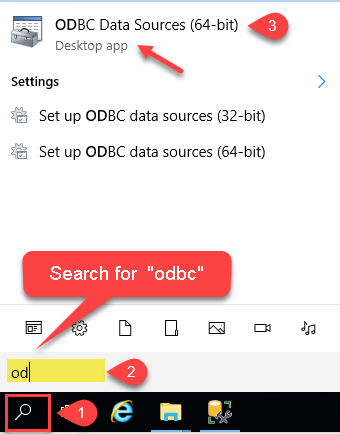
-
Go to the User DSN or System DSN tab to access the data source for yourself or other users. Add a new System DSN for SQL Server Integration by clicking the “Add” button.
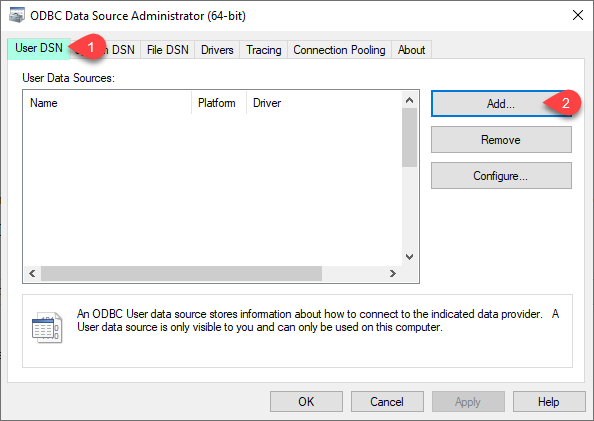
-
Select ZappySys API Driverfrom the driver list, then choose Dropbox in the connector list and press Continue.
Dropbox Connector Configuration
- Fill in the connector fields, including Client ID, Client Secret, and Scopes (separated by spaces). Example scopes:
account_info.read account_info.write files.metadata.write files.metadata.read files.content.write files.content.read - Generate the token and test the connection.
- Go to the Preview Tab, select any table, and preview the result. Press OK to save the configuration.
Read Dropbox Data in Power BI using ODBC
-
Once you open Power BI Desktop, click Get Data to retrieve data from ODBC.
-
In the opened window, search for “ODBC” to get data from the ODBC data source.

-
Select the Data Source created earlier, such as DropBoxDSN, and continue.
-
You may be asked to authenticate the new DSN. Select Windows Authentication along with Use my current credentials.
-
Select a table or view to import the data, then load it into Power BI.
-
Finally, use the extracted Dropbox data in a Power BI report.
Import Dropbox Data into Power BI using SQL Query
If you prefer to import Dropbox data using a SQL query instead of selecting a table name, you can use advanced options during the import steps. After selecting the DSN, click on Advanced options to access the SQL Query editor.
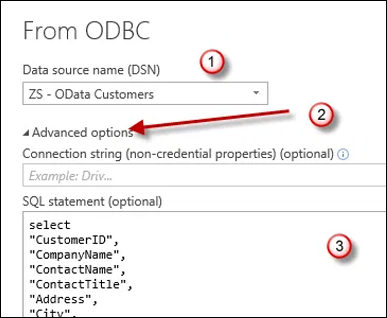
Considerations
Save your credentials to avoid having to search for them in your account every time.
Video tutorial
Conclusion
By following these steps, you can seamlessly connect Power BI to Dropbox using the ODBC API Driver, leveraging ZappySys tools for efficient data retrieval and integration. If you need assistance or have inquiries, feel free to contact our support team via chat on our website.
References
For more details, check our Dropbox connector article here.
